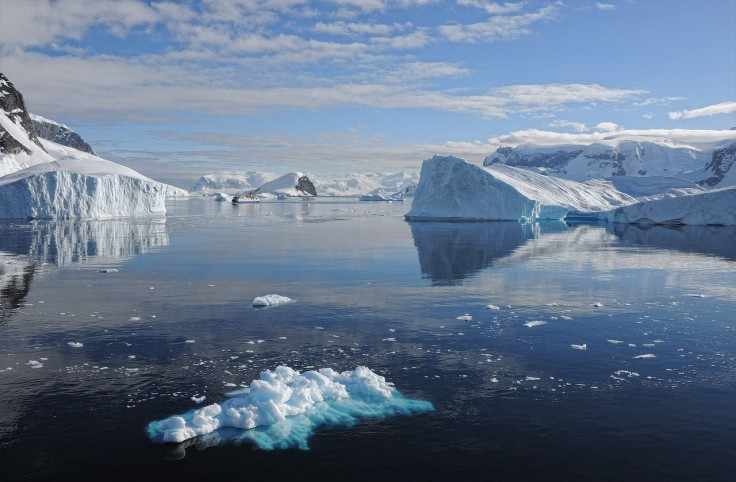Global Warming: Antarctic Glaciers Are Unstable, Can Slide Off Into Sea

A new study has found that instability in the Antarctic ice could speed up the flow of melted ice into the ocean and cause sea level to rise faster than previously expected.
According to the National Science Foundation, five Antarctic glaciers have doubled their rate of ice loss in the last six years. Researchers now said that due to glacier instability, this rate may continue to accelerate and drive up sea level rise at a much faster pace than previously thought.
In a NASA-funded study published in the journal Proceedings of the National Academy of Sciences on July 8, researchers found that one of these five Antarctic glaciers, the Thwaites Glacier, could succumb to instability.
When this happens, it would be impossible to stop it from flowing into the ocean, which could trigger a significant rise in sea levels. Other Antarctic glaciers may also be similarly unstable.
The researchers said that instability would keep pushing ice out to the ocean at an accelerated rate over the coming centuries. Study researcher Alex Robel, from the US Georgia Institute of Technology, said that if instability was triggered, the ice sheet may still be lost regardless if global warming stops.
"If you trigger this instability, you don't need to continue to force the ice sheet by cranking up temperatures. It will keep going by itself, and that's the worry," Robel said "Climate variations will still be important after that tipping point because they will determine how fast the ice will move."
Simulations also suggest that extensive ice loss may start in 600 years, albeit researchers think it may happen sooner depending on the nature of the instability and the pace of global heating.
Study researcher and NASA JPL scientist Helene Seroussi said this may occur in the next 200 to 600 years, and may depend on the topography of the bedrock under the ice.
In the case of the Thwaites Glacier, Seroussi said that it could lose all of its ice in a period of 150 years after reaching the tipping point. This could translate to a sea level rise of about half a meter or 1.64 feet. In comparison, sea level rose by 20 centimeter, or nearly 8 inches, from the pre-global warming levels and is now blamed for increased flooding in coastal areas.
“Although there are processes not considered here that might stabilize or further destabilize an ice sheet, our analysis shows that we should expect more rapid instability (of any kind) to cause more rapid uncertainty growth,” the researchers wrote in their study.
© Copyright IBTimes 2025. All rights reserved.





















